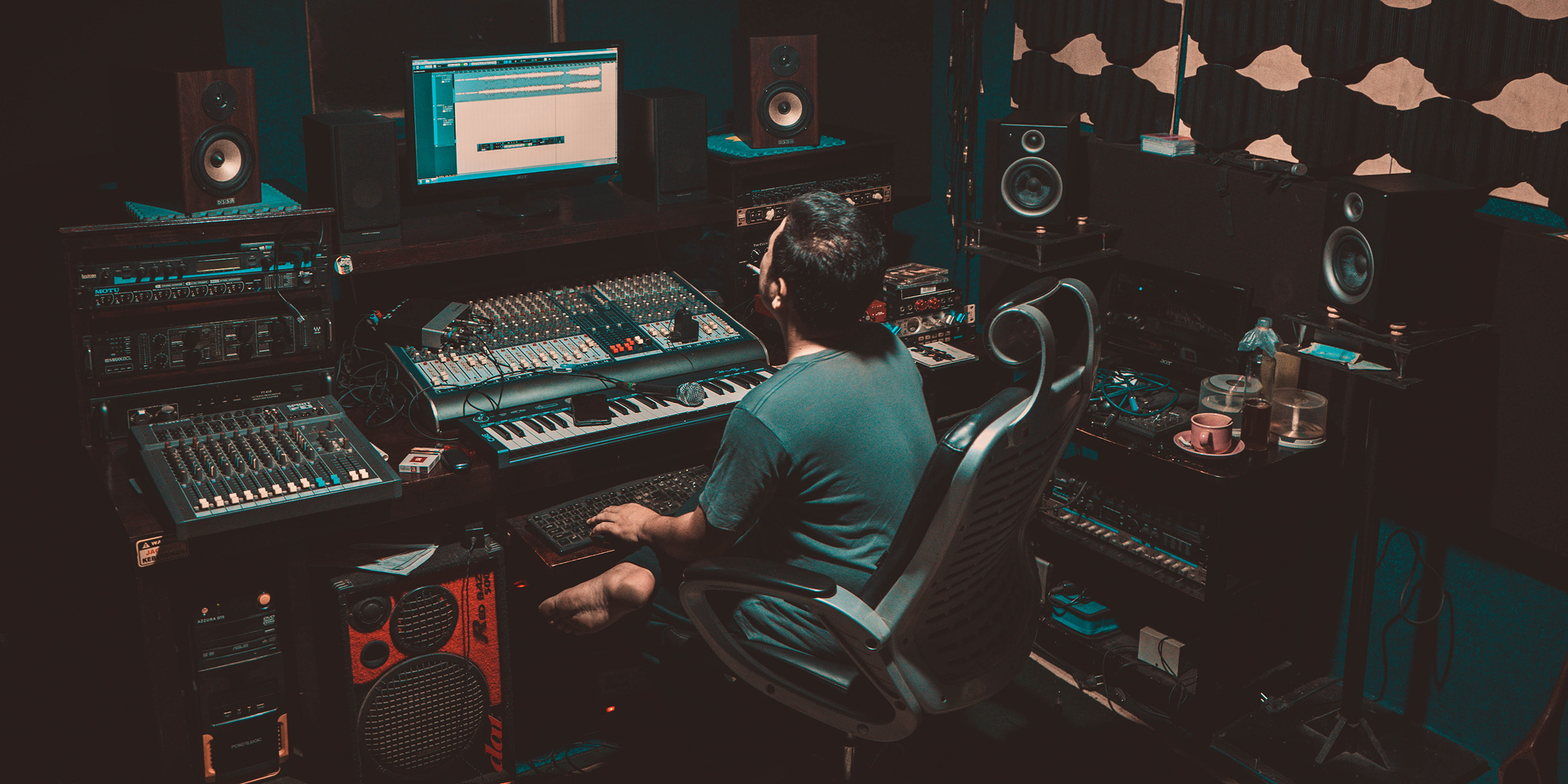Originally published 2 March 1987
We have a teenager in our house with equal enthusiasm for computers and for classical music. He brings the two together with inexpensive software that allows him to transcribe a musical score into his computer, manipulate voice, key and tempo, and play it back through the stereo system. The result leaves something to be desired. When you have heard a Mozart piano concerto synthesized by a four-voice home computer, it is easy to conclude that computers and music should never be allowed to mix.
But it is best to be cautious. Remember the disdain that greeted the first performance of Beethoven’s Eroica Symphony (too new, too long) and the riot that attended the debut of Stravinsky’s The Rite of Spring (too radical, too dangerous). The avant-garde in music has always had a way of assaulting the ear. The music of Schoenberg and Babbitt was once derided as noise; now those composers are revered as 20th century masters.
Like it or not, the marriage of computers and music is here to stay. Already the digitization of sound has transformed the recording industry. Electronic keyboards and synthesizers have become the instruments of choice among pop musicians. Even the young music student at the conservatory is as likely as the fledgling engineer to have a computer in his quarters.
Consider this recent ad for a digital electronic piano: “To a Pianist, the Major Difference Between a Concert Grand Piano and the (brand X) Digital Piano is about $40,000.” The engineers of this electronic marvel digitally recorded notes from a concert grand and stored the data in memory chips. The chips are activated by touch-sensitive keys. By flicking a few switches, you can transform the piano into a harpsichord or other keyboard instrument. It stores music for playback. It never needs tuning. It looks good. And it’s computer compatible.
An infinite repertoire
It’s the “computer compatible” that makes this new class of instruments so potentially revolutionary. Any note that can be stored and replayed digitally can be manipulated by a computer. The musician or composer at the keyboard of a computer/synthesizer has access to an infinite repertoire of instruments and to a universe of sound. “I dream of instruments obedient to my thought,” wrote the French-American composer Edgard Varese, who as early as the 1930s championed electronic experimentation in music. The instruments Varese dreamed of appear to be not far in the future.
Perhaps the most significant developments in computer music are coming out of the Institut de Recherche et de Coordination Acoustic/Musique (IRCAM) in Paris. The institute was founded by the respected French composer/conductor Pierre Boulez to explore new technologies in music. Last year Boulez brought his most radical composition, called Répons (“Response”), to Boston for two performances at Symphony Hall. The ensemble consisted of a chamber orchestra of 24 players and six soloists. The sounds of the soloists’ instruments — two pianos, harp, vibraphone, glockenspiel, and cymballom — were fed into a computer, where they were transformed and instantly replayed through loudspeakers. The result was a stunning amalgam of natural and computer-generated sounds. As far as I know, Boulez is the first composer to use a computer in a live concert hall performance.
A Boston Globe music critic called Répons a “great blinding sun of a piece.” Some other listeners were less enthusiastic. Boulez himself was content to remind us, in an interview, that “music is always going toward something that is unknown.”
Two experiences the other day prompted these thoughts on new musical technologies. The first was a visit to the showrooms of one of Boston’s biggest purveyors of electronic musical instruments. It was an eye (and ear) opening experience. I expected to hear kids playing rock, but I heard Bach and Chopin, too. I was dazzled by the technical wizardry of the keyboards and synthesizers. I saw computers making music of a surprising sophistication, and the range of software available for composition and musical experimentation was formidable. Most impressive of all was the swarm of talented, artistic young people who seemed to have an easy mastery of these complex technologies. I came away convinced I had seen the future.
A different ambience
Later that same day I was at a concert of 17th century music for the virginal, a keyboard instrument that was a precursor of the harpsichord and piano. The quiet, drawing-room atmosphere of the concert could hardly have been more different from the crowded, throbbing precincts of the electronic music emporium. The virginal was a beautiful reproduction of a 17th century instrument, and the music that came from it of an enchanting sweetness. On the opened lid of the instrument were these words: Musica Laetiae Comes Medicina Dolorum (“music — companion of joy, remedy of sorrows”).
I have no doubt that within a few years an electronic keyboard will produce notes that are indistinguishable from those played on that virginal. I am less confident that such an instrument will be as amiable a companion in joy, or as soothing a remedy for sorrows.
A 2015 performance of Répons by Pierre Boulez (1925 – 2016) is available for viewing on YouTube. ‑Ed.



